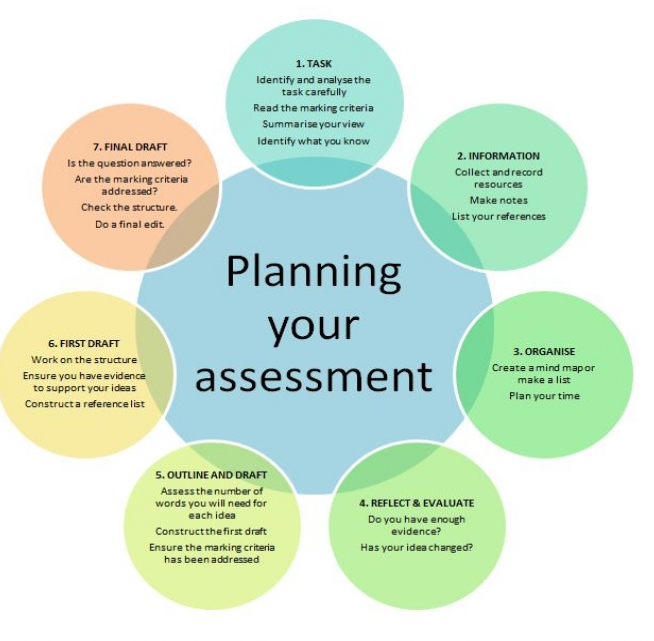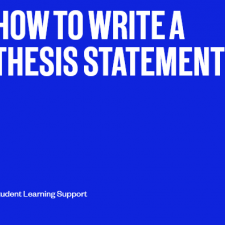Preparing a Plan For Writing or Presenting

An assessment scaffold is a useful approach to organising your ideas and guiding your reading and writing. Here is an example of a scaffold for a 2000-word Drugs And Crime report (Criminology & Justice). Note how word count is allocated to each section of the assessment. Allow up to 10% of the total word count for the introduction and the conclusion. Then divide the remaining word count equally between each main topic. Take notes in the scaffold using dot points. These notes will help you write your first draft ensuring it is written in a logical order and addresses each element listed in the assessment marking criteria. It is also important to note that each assessment type has specific formatting requirements you will need to apply. A blank 'Assessment Scaffold' (Word document) can be downloaded below.
Drugs And Crime (Report)
| Section | Info for each section (dot points) | Words |
| Introduction |
• Background of war on drugs • Signpost 'war' failed to reduce - rate of drug use, availability of drugs, burden on prison system • Thesis statement - Increased harm reduction and decriminalisation strategies are more effective methods to combat drug use and addiction |
200 |
| Section 1: The war on drugs |
• Brief explanation and context • Facts to support 'war' |
300 |
| Section 2: Rate of drug use |
The war on drugs has failed to reduce the rate of drug use • Evidence/examples to support statement |
300 |
| Section 3: Availability of drugs |
The war on drugs has failed to reduce the availability of drugs • Evidence/examples to support statement |
300 |
| Section 4: Burden on the prison system |
The war on drugs has failed to reduce the burden on the prison system • Evidence/examples to support statement |
300 |
| Section 5: Harm reduction and decriminalisation |
Increased harm reduction and decriminalisation strategies are more effective methods to combat drug use and addiction • Evidence/examples to support statement |
300 |
| Conclusion |
• Summary of main points • Restate thesis statement • Final comments |
200 |



